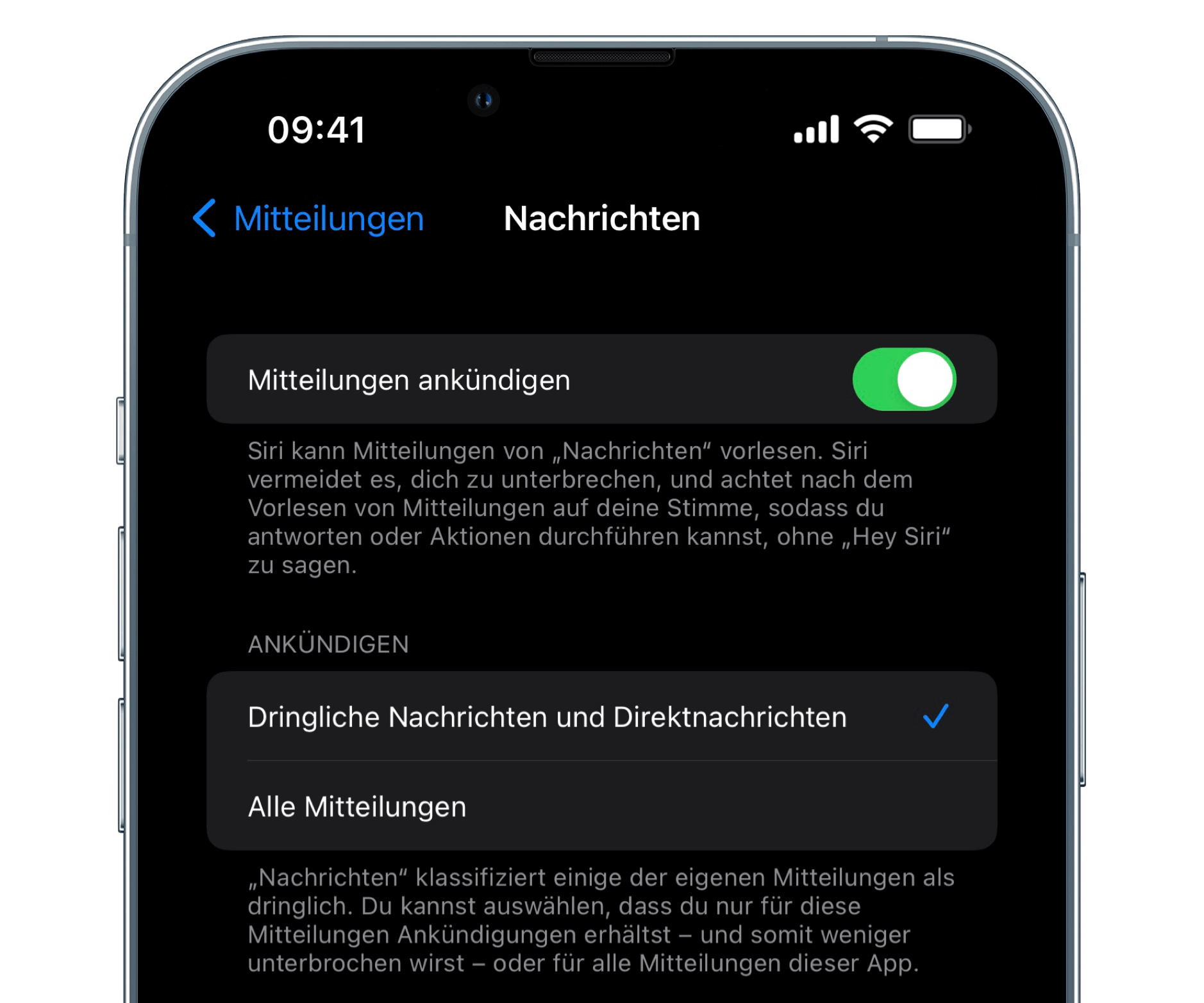„It’s Time to Bring Back the AIM Away Message“
Technology aside, the social interactions around these messaging forms were distinctive. Think of it as synchronous messaging versus asynchronous messaging, says Justin Santamaria, a former lead Apple engineer who helped launch Apple iMessage (now Messages). Back when he was working on iChat, a Mac client that supported live AIM chats and was the precursor to iMessage, the mentality was that “SMS was very much about asynchronous communication, a kind of ‘fire and forget’ model,” he says. “If I want to tell you something I send it, you receive it, and then you respond on your time.”
Now, “asynchronous” messaging has become the dominant form of text-based remote communications, Santamaria says. We’re all glued to Messages, WhatsApp, WeChat, Telegram, and Signal on our phones, and in many instances we receive the same messages at the same time on our laptops. With that evolution, our social contracts have changed.
Messenger bedeuten keine Dauererreichbarkeit. Das aber durchzuziehen, ist eine Form von Medienkompetenz, an der ich regelmäßig scheitere.
Das eventuell größere Problem: Es bleibt nicht beim Lesen der einen Nachricht. Messages holen uns zurück zum Phone – zu Twitter, E-Mail und Instagram. Teilweise geschieht dies komplett unbewusst.

Deshalb finde ich es für mich hilfreich, Chats und Slacks auf der Watch oder den AirPods zu folgen. Die limitierten Antwortmöglichkeiten führen dazu lediglich mitzulesen (und allem voran nicht das Phone zu entsperren).
Das ist nicht so effektiv wie ein „Abwesend-Status“ oder das Push-Verbot für Messenger; aber vielleicht ist es praxistauglicher.